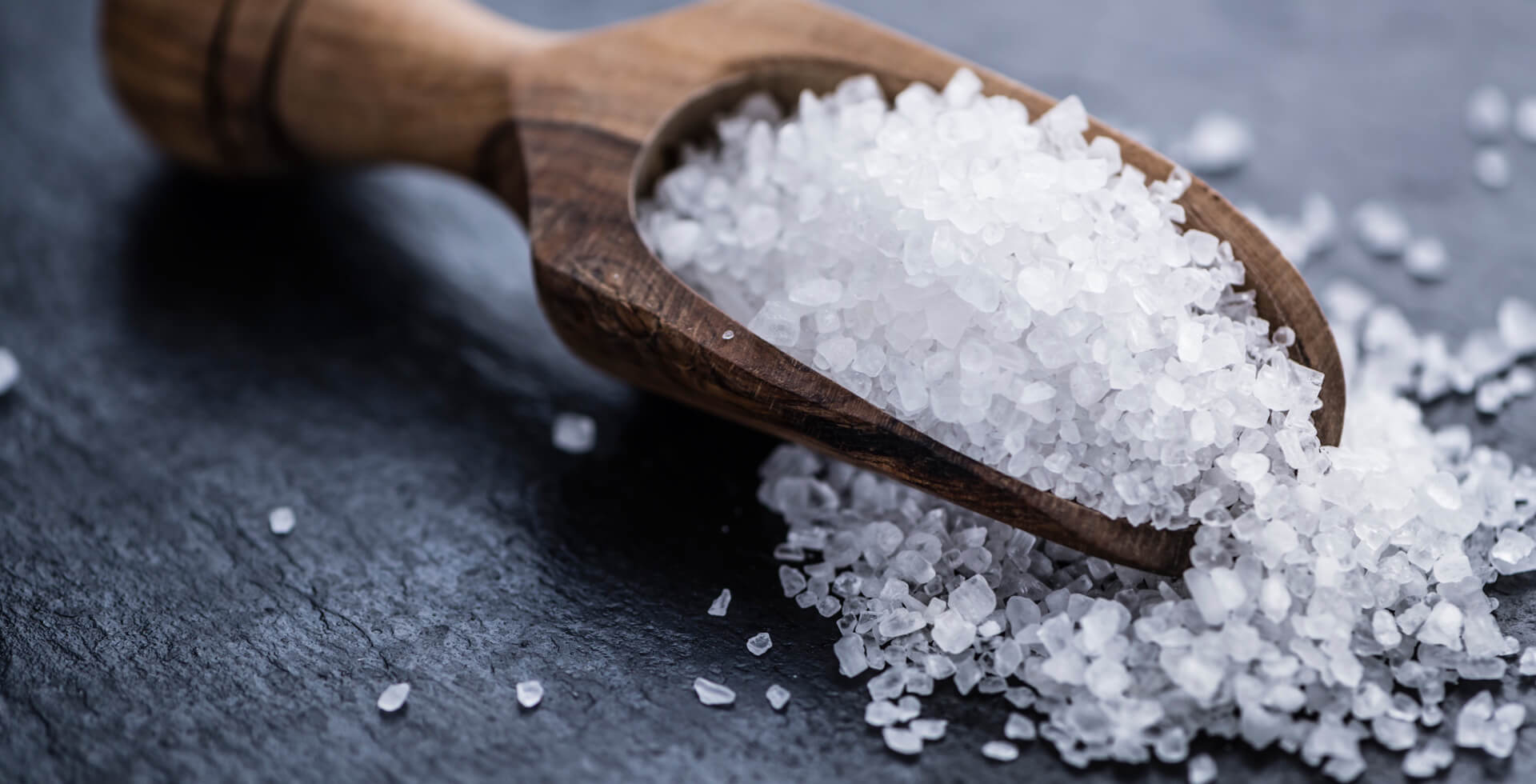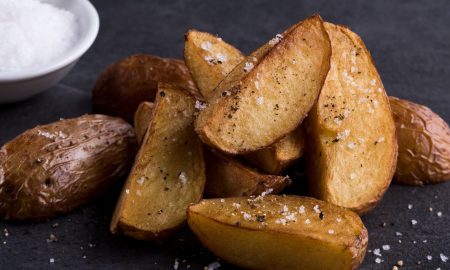Salt is on everyone’s lips… literally. According to the World Health Organization, global per-capita table salt consumption averages around eleven grams per day. This works out to nearly nine pounds per person per year, or around 31.5 tons annually worldwide. Salt crops up throughout our everyday language, too, from “salt of the earth” to “pouring salt in the wound.” Or maybe you’ve called someone “salty” recently?
But salt isn’t just for adding flavor to food (and conversation) – it’s been used as a preservative for millennia. Even the ancient Egyptians used salt to preserve their food so that it would keep longer. Salting food draws out the water that harmful microorganisms would need to survive.
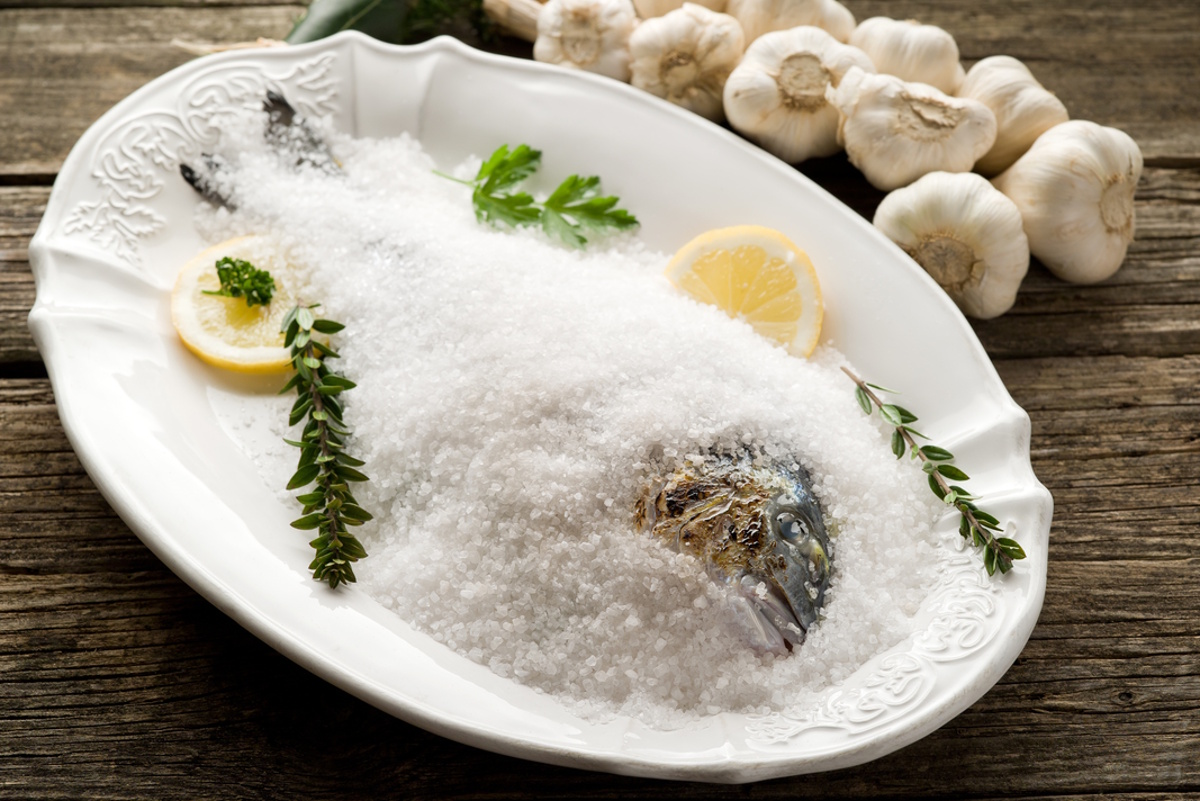
Image: AdobeStock
But that’s only the tip of the iceberg for the world’s best-known and most popular seasoning. Here are five more salt secrets.
Salt secret 1: The nose knows
We know that salt changes the taste of our food. However, it also affects the volatility of aromatic substances – meaning how strongly we perceive smells. Salt can bind certain volatile molecules or reduce their evaporation, thereby weakening or altering scents. As already mentioned, salt draws moisture out of food. Besides preserving the food, this can also make certain scent molecules seem more concentrated or more muted. At the same time, chemical reactions like fermentation or protein degradation can cause new odor components to form.
PS: To a small degree, these properties also mean that salt can absorb odors. So putting a dish of salt in your refrigerator can both neutralize odors and bind moisture, which will help fruit and vegetables stay fresh longer.
Salt secret 2: Fat burning
Ordinary salt (NaCl) is not flammable, so it can smother fires by cutting off their oxygen supply. You can use salt to put out small grease fires in the kitchen (e.g. in a pan), as long as you have enough salt to completely cover the burning surface. Salt also has a high heat capacity and can lower the temperature of the burning material. This should only serve as an emergency solution, though – if (still) possible, try suffocating the flames by putting the lid on the pan.
PS: Never pour water on a grease fire – it could cause a grease explosion!
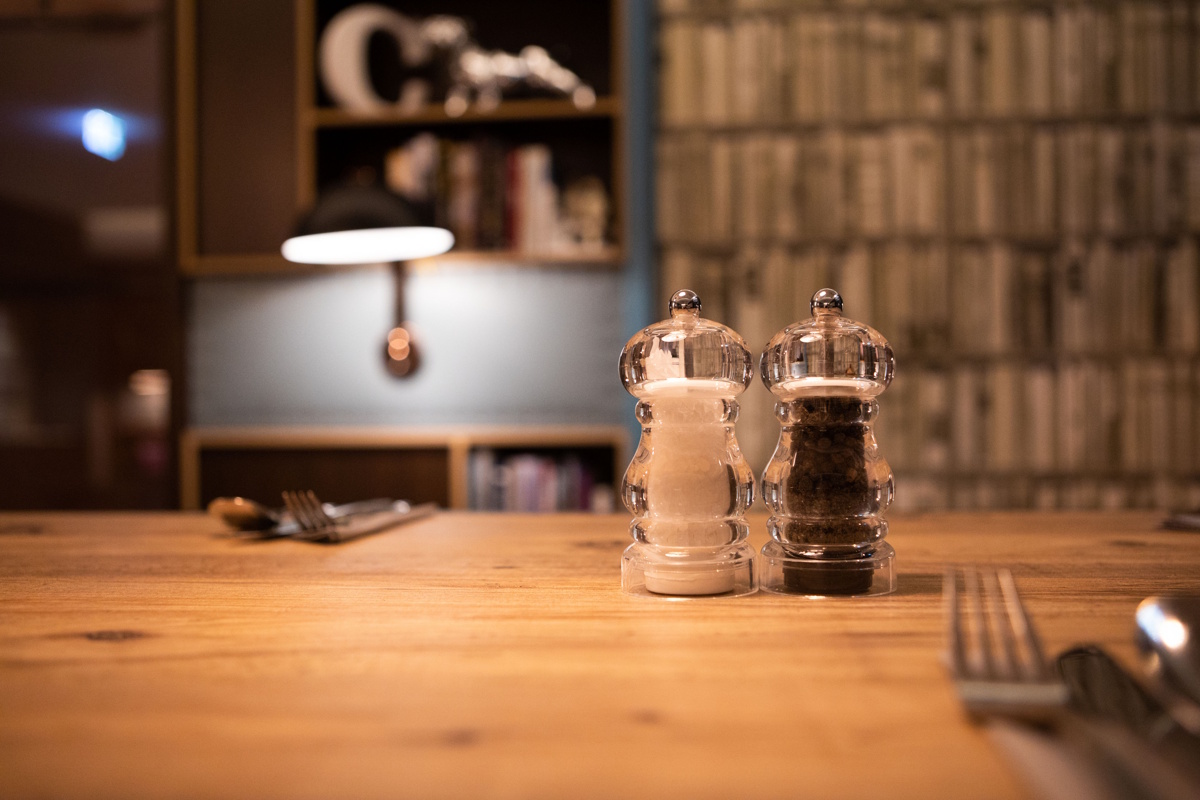
Image: Premier Inn
Salt secret 3: Liquid salt
We now know that salt has a hygroscopic effect, i.e., it absorbs moisture from its surroundings. This has one unpleasant side effect, which we can observe on humid days: when the air humidity exceeds 75%, normal table salt will absorb so much water vapor from the air that it turns increasingly liquid… until, in extreme cases, it eventually melts into a brine. So salt can become unusable if stored unprotected. Ancient cultures were aware of this effect and would store salt in airtight earthen vessels or mix it with ash.
PS: To prevent salt from clumping in damp kitchens, you can add a few grains of rice (which is also hygroscopic) to the salt container.
Salt secret 4: White gold
When you buy salt in the supermarket today, it’s hard to imagine how precious it used to be. Salt’s preservative properties, the difficulty involved in obtaining it, and its durability made it a valuable trade commodity in ancient times. Salt was even used as a form of payment: Roman soldiers, for example, received part of their wages in the form of salt. This is still reflected in modern-day language: the word “salary” comes from the Latin word salarium, which in turn was derived from sal (salt).
PS: We can see just how essential and valuable salt was by the numerous conflicts it gave rise to during the Middle Ages. The 1540 Salt War, for example, was fought between the Papal State and Perugia over a salt tax imposed by the Pope. The Salt War of 1611 between the Archdiocese of Salzburg (Austria) and the Duchy of Bavaria (Germany) was triggered by a dispute over the salt trade monopoly and salt extraction in Reichenhall and Hallein.
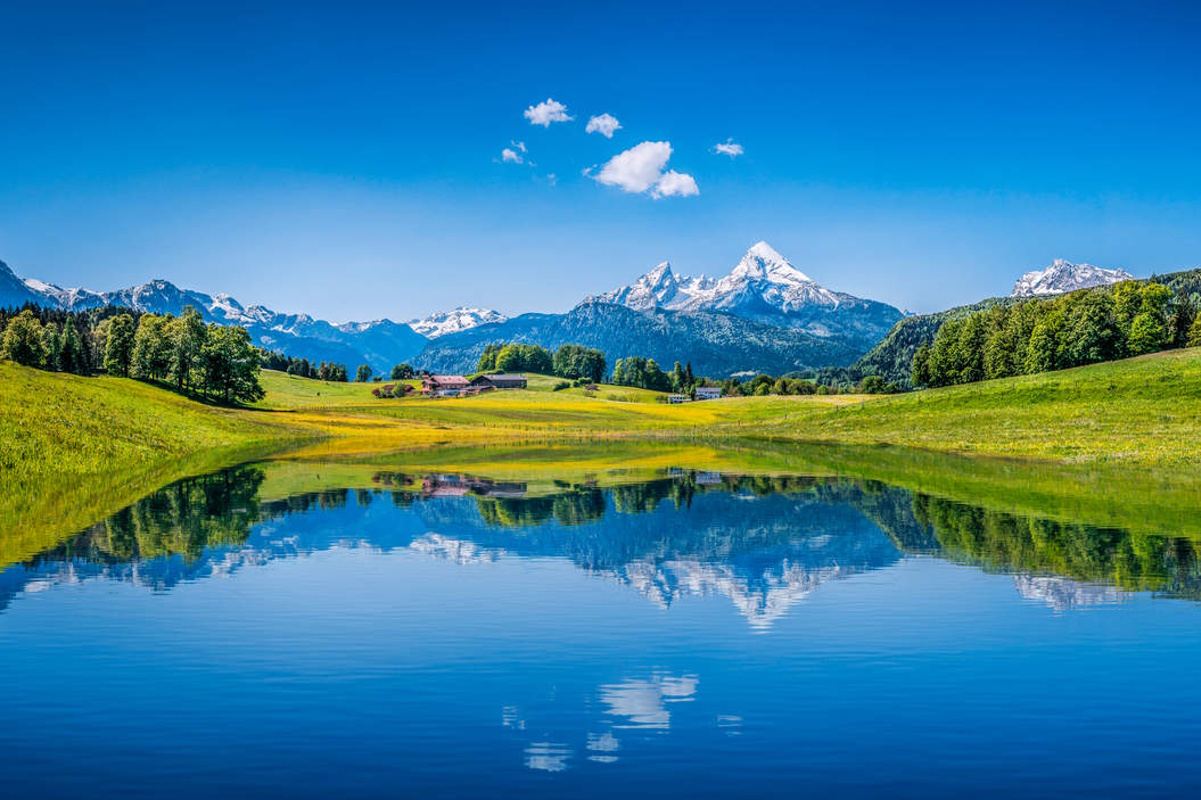
Image: Fotolia | M. Watzmann
Salt secret 5: A miracle of nature
Another special characteristic of salt is that it lowers the freezing point of water. This is why it’s often spread on roads in winter to prevent them from icing over. In Antarctica, this property causes a geological curiosity: despite extreme temperatures that can reach -60°F, the Don Juan Pond never freezes. It’s one of the world’s saltiest natural bodies of water, with over 40 percent dissolved salts. For comparison purposes, seawater is about 3.5% salt; even the famously salty Dead Sea comes in at around 30 percent. Don Juan Pond lies in Antarctica’s Wright Valley, one of the driest and coldest areas in the world; its maximum depth is around one foot.
PS: With a salt content of about 43 percent, the saltiest water on earth can be found in Gaet’ale Pond, a small hypersaline lake in the Afar region of Northern Ethiopia.


